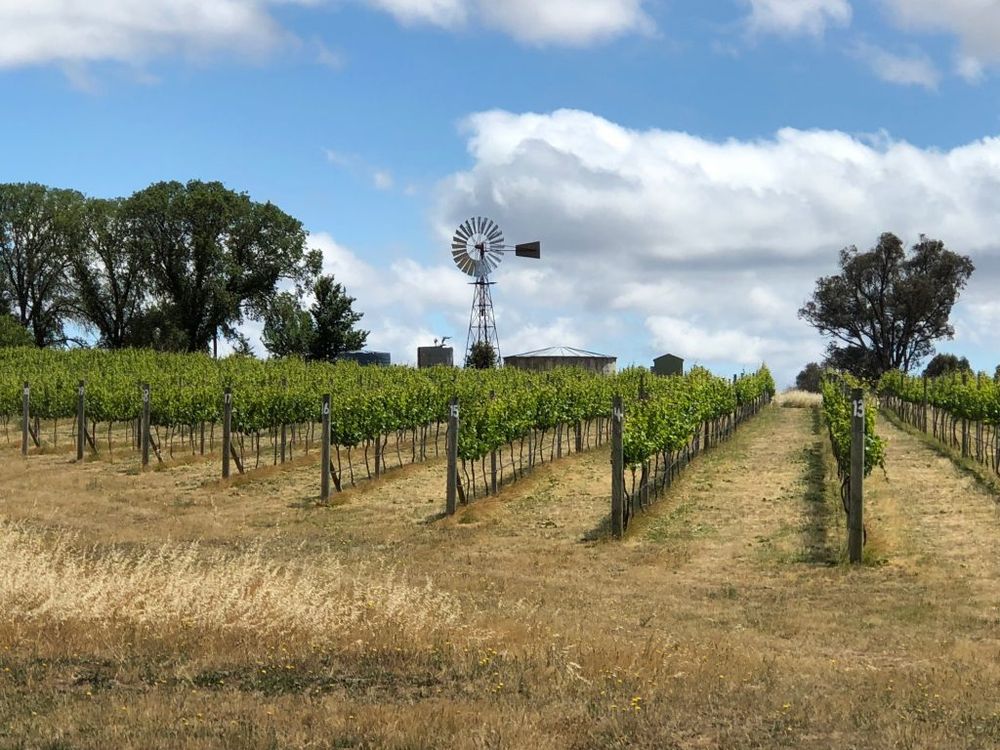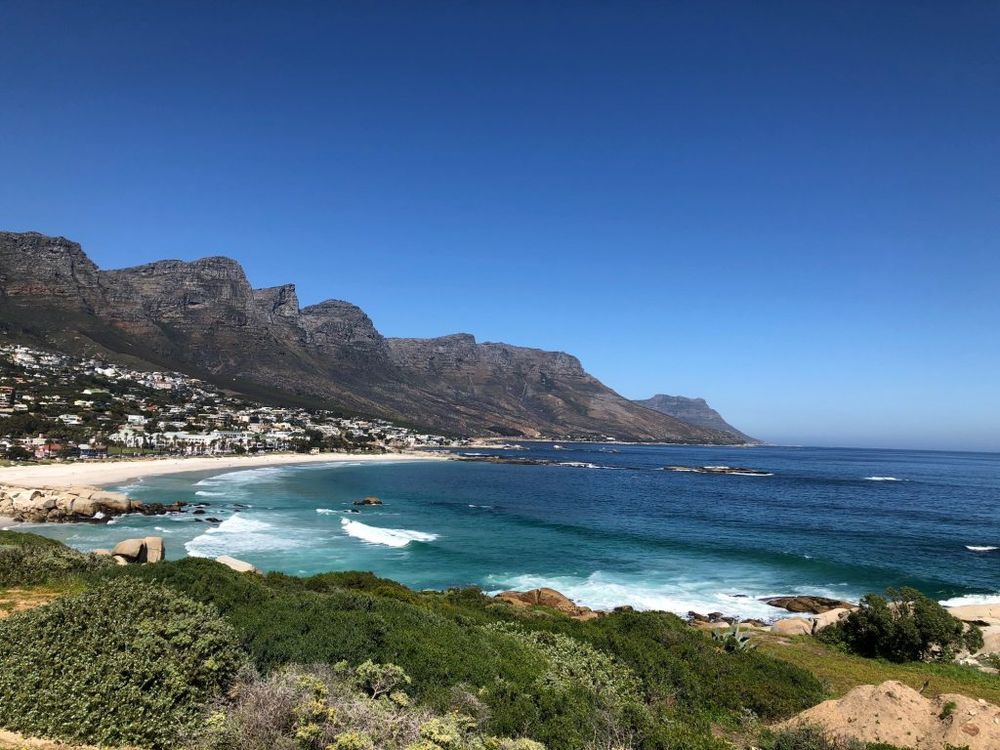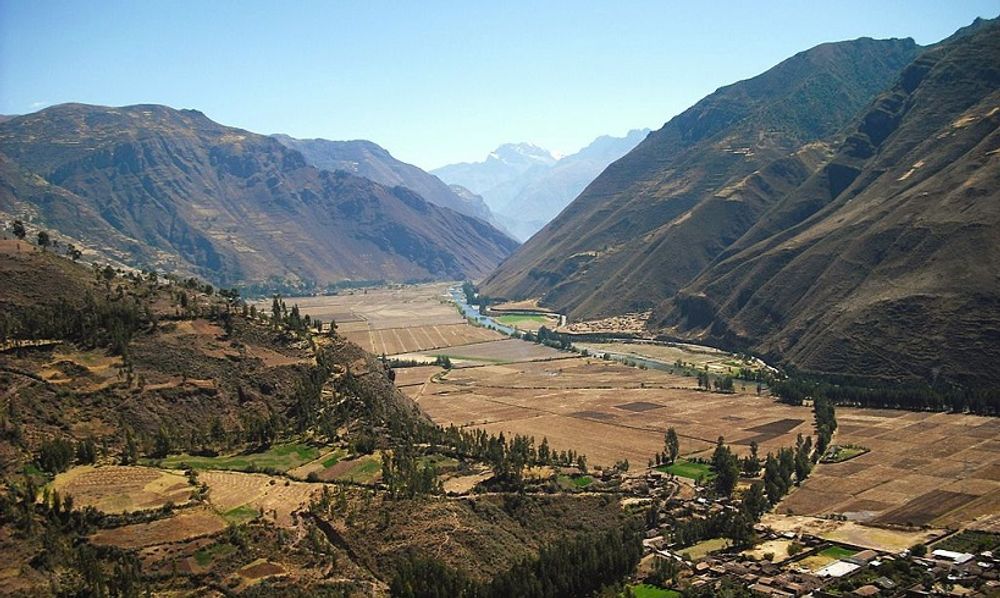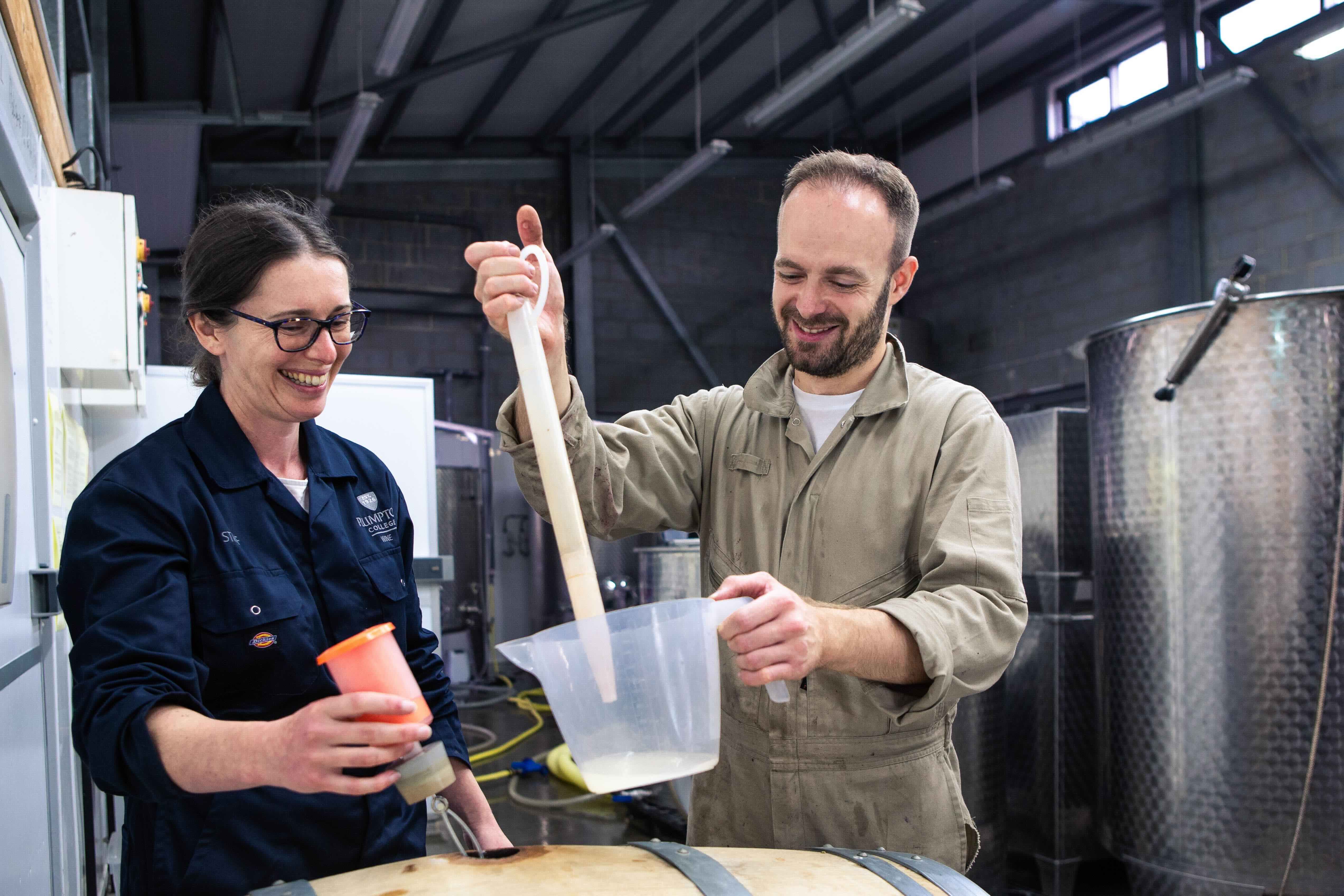The so called New World has not just offered an alternative to tried and trusted Old World producers, but has also helped to stamp its own style and approach to winemaking that are rewarded in the International Wine & Spirit Competition Southern Hemisphere 2019 awards.
The International Wine & Spirits Competition never stops. Just when we were all winding for the summer, the IWSC was in the middle of holding events and tastings sessions to help determine those producers who would come out top and win medals, awards and trophies in the Southern Hemisphere part of the 2019 event. Judging that saw wines entered from right across the world from the traditional wine producing countries, Australia, New Zealand, South Africa, Argentina and Chile plus also those from Latin America, India, and parts of Africa including Kenya.
Here’s our round up of the highlights from the major countries, continent by continent. You can check out all the winners by clicking here. The Worldwide Wine Trophy results are released by the IWSC on October 16 with the Producers of the Year revealed at the IWSC Awards Banquet in November.
Australia

The classic Australian vineyard scene…at Clonakilla in Canberra
One area of great strength for Australia this year was fortified wine, making up eight of the 29 gold medals awarded. This includes two wines – Grant Burge 20 Year Old Tawny NV and Hardys Rare Tawny NV – which were both givn 98 points, the highest score for Australian wines this year.
Morris Wines of Rutherglen took three of the fortified gold medals, with its highest scoring, Morris Old Premium Rare Muscat, described as an “outstandingly well-made example” that received 97 points. Australia also received eight silver medals for fortified wines.
Semillon was the best performing still wine category, with four gold medals, including a unique dry botrytis 2002 Semillon from De Bortoli. All Rounder Semillon 2002 from New South Wales was described by IWSC experts as “a very charismatic dry botrytis”. Shiraz and Cabernet Sauvignon wines won six gold medals each.
South Australia, in particular, did well, making up over half of the medals awarded. There was a gold medal-winning Cabernet Sauvignon from Margaret River, Peccavi Cabernet Sauvignon 2016, which was seen as a “fantastically balanced wine”.
New Zealand
New Zealand showed the increased diversity in its wine by picking up 10 gold medals, which included not just Sauvignon Blanc, but Chardonnay, Pinot Noir, Pinot Gris, and Riesling. The top-awarded New Zealand wine was Babich Black Label Marlborough Sauvignon Blanc 2019 from Marlborough, which received 96 points: “This wine has everything”, said the IWSC judges.
South Africa

South Africa has once again demonstrated the quality across all is wine region
The range of medal-winners this year demonstrates the consistent quality of South African winemaking, with many different producers from across the country receiving top medals. Producers including Kanonkop, Beyerskloof and Stellenrust lead the pack alongside last year’s IWSC South African Wine Producer of the Year Spier Wine Farm, which received two gold medals for Spier Seaward Sauvignon Blanc 2019 and Spier Creative Block 3 2016.
Four wines were awarded 97 points – the highest score received by South African wines this year – including Bartinney Cabernet Sauvignon 2015 from Stellenbosch. Judges described the wine as “a very classic version of powerful South African Cabernet Sauvignon”.
Supermarket own label wines also took top medals, with wines produced for Waitrose, Lidl and Spar all receiving 95 points this year; Lidl’s Winemaker’s Selection South African Fairtrade Shiraz Paarl 2017 was praised by judges for its savoury spices and fine oak.
Quality is also high in South African sparkling wines, with three bottle fermented sparklers receiving gold medals: Graham Beck Blanc de Blancs 2014, Pongrácz MCC Blanc de Blancs NV, and Newstead MCC Brut 2015. The three wines were all produced in different vintages, showcasing the richness that comes from ageing sparkling wines.
Another notable winner – and an unusual wine from South Africa – is the Stellenbosch Vineyards Limited Release Verdelho 2018. Made with the indigenous Portuguese grape Verdelho, the wine has a “luxurious mouthfeel and dried citrus finish”, and was awarded an impressive 96 points and another gold medal.
Two sweet wines also took gold: Nederburg The Winemasters Noble Late Harvest 2018, and Rustenberg Straw Wine 2018. The former was produced with botrytis grapes to give it its honey and nutty elements, while the Straw Wine – named after the Italian ‘Passito’ method of drying grapes on straw mats to concentrate flavour – offers “intense flavours of honey and apricot”.
Chile

The world is opening up to premium Chilean wine
Pandolfi Price Los Patricios Chardonnay 2016 has been crowned Chile’s best wine this year, receiving the only gold medal for the country. From the Itata Valley in southern Chile, this “superbly made” wine was praised by judges for its bold and expressive style.
Elsewhere in Chile, VIA Wines was awarded 93 points for Oveja Negra The Lost Barrel Red Blend 2016, a bold and earthy Carignan dominated blend from Maule Valley, while the highest scoring Carmenère – Chile’s flagship grape – is Casas del Bosque Gran Reserva Carmenère 2017, which received 92 points and was described as “smooth and silky – a well-composed wine”.
The wines were shown to the trade at the recent trade and consumer tasting, Love Wine, Love Chile in London.
Argentina
From Argentina, three Malbecs took Gold with 95 points each. Perfiles Calcáreo Malbec 2016 and Gran Medalla Malbec 2016 from Bodega Trapiche are both 100% Malbec, from the Uco Valley and Magdalena Toso 2017, a blend of Malbec and Cabernet Sauvignon made in Barrancas, a smaller region in the Maipu area of Mendoza. The climate here is warmer than in other parts of Mendoza, resulting in softer, riper wines and this blend is plush and juicy and “a well-made, classic example,” said the IWSC judges.
Kenya

2019 was the first time the IWSC has had wines entered from Kenya
This was the first year the IWSC received wines from Kenya, and two wines from Kenya Nut Company’s Leleshwa in the Rift Valley went on to receive Bronze medals: both Sauvignon Blancs received 87 points, and were praised for their clean and fresh citrus notes.
New discoveries
There were also medal winners from lesser-known winemaking countries such as Bolivia and India. From Bolivia, Kuhlmann y Cia received 87 points for its “complex and entertaining” wine Gran Patrono “Marselan” 2016. Produced in Tarija, Bolivia’s wine capital, the Marselan grape – originally from France – gives the wine flavours of dark fruit, sun-dried tomatoes, smoked paprika powder, and vanilla.
India’s Grover Zampa Vineyards won four Bronze medals for a range of wines, both still and sparkling. Chêne Grande Réserve 2014 is particularly interesting, while the other three medal-winners were produced in the region of Nandi Hills, this Shiraz and Tempranillo blend was made in Nashik, a warmer region closer to Mumbai, and points to India’s growing use of Tempranillo, rather than the classic French varieties.









































